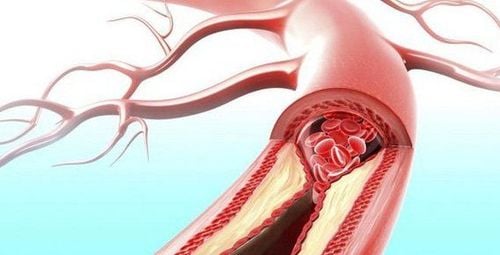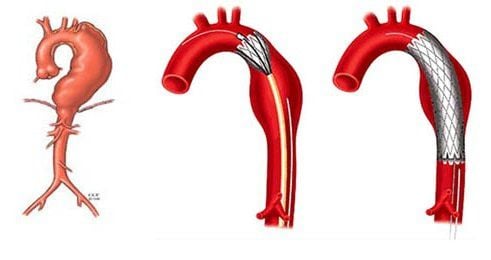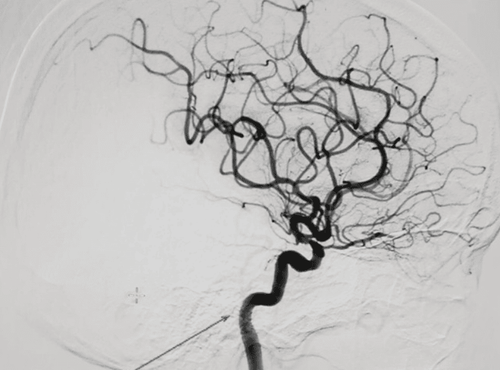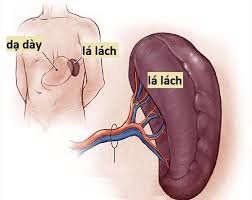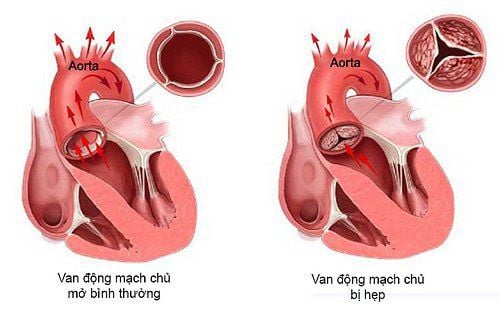This is an automatically translated article.
The article was professionally consulted by Dr. Nguyen Van Duong - Interventional Cardiologist - Cardiovascular Center - Vinmec Central Park International General Hospital.If the iliac aortic occlusion is not treated promptly, it will easily cause serious local and systemic complications. Treatment of iliac aortic occlusion can be pharmacological or interventional with invasive procedures and, more seriously, surgical treatment.
1. Chronic iliac aortic occlusion
The aorta - the pelvis is responsible for supplying blood to the lower extremities and organs in the femoral region. Chronic aorto-pelvic occlusion is a fairly common disease, the main cause being atherosclerosis. Most diseases are detected at a late stage when there are complications, so it often causes serious consequences for patients.
Symptoms of iliac aortic occlusion may not be obvious. Patients often experience leg pain or cramping when walking, pain in the buttocks, thighs or calves. Erectile dysfunction such as men may have problems in getting an erection of the penis or the patient may have pain at rest and problems in the legs and feet, cold and numbness in the legs, sores or even necrotic wounds on the legs and feet.
The most common cause of iliac aortic obstruction is atherosclerosis which can be caused by smoking, diabetes, high blood cholesterol, high blood pressure, genetics or being obese. Inflammatory conditions such as Takayasu's vasculitis can be responsible for the inflammation of the arteries that block the arteries. Pelvic irradiation is also a cause of arterial wall inflammation that leads to arterial occlusion.
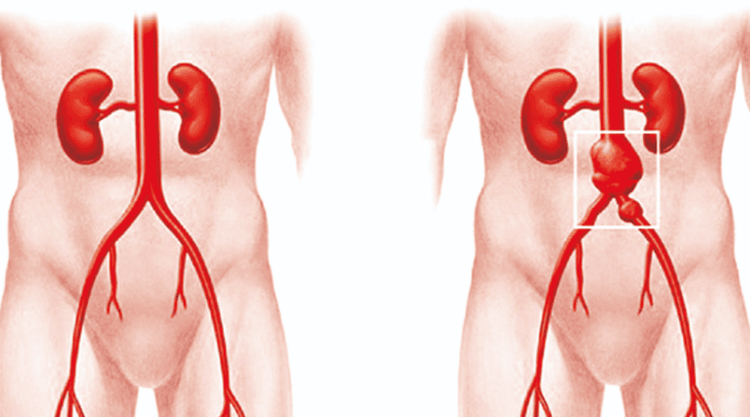
2. Diagnosis and treatment of chronic iliac aortic occlusion
2.1 Laboratory tests
Ankle-brachial index (ABI) test
Vascular Doppler ultrasound of the extremities
More accurate imaging tests such as CT vascular, MRI vascular or contrast imaging Background clear iliac aorta (DSA). These tests often require the use of different contrast agents to find the location of the artery blockage and plan for future treatment. For vascular CT and vascular MRI, contrast is injected intravenously. For transcatheter iliac aortic contrast (DSA) contrast, contrast is passed through a catheter (catheter) inserted into the iliac-femoral artery.

2.2 Treating iliac Aortic Obstruction Changing risk factors is essential such as quitting smoking, controlling cholesterol or high blood pressure, controlling diabetes, and exercising regularly.
Take prescription medications prescribed by your doctor to prevent blood clots and help control cholesterol and also help prevent the progression of atherosclerotic plaques.
If medication does not improve the patient's symptoms, then invasive treatment or surgery may be considered.
The most common invasive treatment is placement of a stent in the aorta or iliac artery. This procedure is usually done at the same time as transcatheter iliac aortic contrast (DSA) contrast. A stent is a metal support that compresses plaque against the walls of arteries to create a wider pathway for blood to feed the arteries of the lower extremities.
Vascular bypass surgery is to use a piece of artery or vein to connect the aorta above the stenosis to the iliac artery below the stenosis, creating a new blood flow to feed the lower extremity artery. A bridging can be performed on one or both limbs at the same time. For patients with severe aortic - iliac pathology such as aortic dissection, it is necessary to use a special device (Stent graft) to revascularize the lower extremities and avoid complications of muscle damage. pelvic organs.

3. Complications of chronic iliac aortic occlusion
Obstruction of the iliac aorta, if not treated promptly, will easily cause serious local and systemic complications. The local risk is that the patient may have gangrene in the legs and feet and potentially have to be amputated. On the other hand, because atherosclerosis is a systemic disease, in addition to the aorta, the iliac artery is blocked, all other blood vessels in the body are also at risk of being affected, especially the artery that feeds the heart if it is damaged. occlusion will cause myocardial infarction; If the artery supplying the brain is blocked, it will cause a cerebrovascular accident; Blocked renal artery will cause kidney failure, high blood pressure... These complications are very dangerous and can cause death for the patient.
Please dial HOTLINE for more information or register for an appointment HERE. Download MyVinmec app to make appointments faster and to manage your bookings easily.






